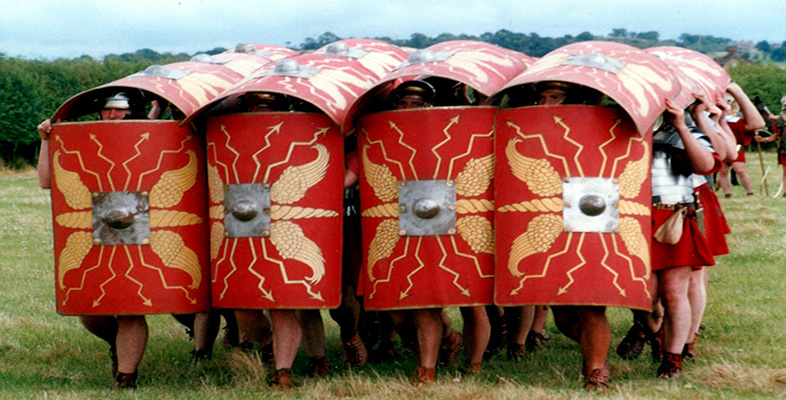2 Defining terms
2.1 ‘Roman Empire’
First of all there are some fundamental questions to settle about what is involved in the term ‘Roman Empire’: what is meant by ‘Roman’, and what by ‘empire’?
What ‘Roman’ signifies is the key question of this course, and the quest to define Roman-ness, or romanitas, will recur as a central topic. To begin, let us reflect on the various meanings we attach to the word ‘Roman’. We use it in connection with the city, the empire and the people, and each usage involves different identities. So it is important to be aware of its various connotations.
What ‘empire’ signifies is perhaps more complicated than one might think. Like the word ‘Rome’, we use ‘empire’ to mean various things: it can signify space (the territory of an empire), a period (during which an empire held sway), and a system of rule (for instance, one that differs from a republic, which has elected rulers). Certainly the term ‘Roman Empire’ involves all three meanings, sometimes separately, sometimes all at once. In Latin, too, the word imperium, which came to be used for ‘empire’, contains a similar set of meanings, and we find that ancient sources also used the term in different ways (though probably more often to signify space or control rather than time). So the terminology has always been potentially complicated.
What compounds the complication is that in historical terms ‘Rome had an empire before becoming an empire’ (Nicolet, 1991, p. 1). Although this may sound like a riddle it is simply explained by the fact that Rome had territory under its control from the third century BC, long before its republican system of government ended and the empire started with Augustus. During the later stage of the republic this territory continued to grow, through conquest or successful diplomacy, and Augustus contributed further to this great expansion when the period of ‘empire’ began, as he himself later boasted (Wells, p. 77). Look at the different stages indicated on the map (Plate 1) below. This shows the expansion of Rome's control through the third and second centuries BC, at the death of Augustus in AD 14, and at the end of Trajan's reign in AD 117. As you will discover when you read narratives of events, this period of transition between republic and empire was complex, turbulent and fraught with contested change. A central reason for this is that the old republican mechanisms of government were not proving adequate to managing the vastly extended territory, and the situation was open to exploitation by powerful individuals. Various solutions were tried before Augustus eventually took sole control.
Click to view Plate 1: Map showing the growth of Roman rule [Tip: hold Ctrl and click a link to open it in a new tab. (Hide tip)] . (Based on Boardman, J., Griffin, J. and Murray, O. (eds) (1996) The Roman World, Oxford, Oxford University Press, pp. 126–7; by permission of Oxford University Press) (PDF, 1 pages, 1.8MB)
I will now explore some aspects of this so that you can see more clearly what was at stake in terms of ‘empire’. A key to this is the Roman concept of imperium.
